Shipwreck Discovery
Kelly Tarlton was an amazing man who wanted to bring the underwater world to everyone. Learn about Kelly Tarlton, the Treasure Hunter who would build a world first curved aquarium tunnel to be replicated throughout the world for years to come. Discover an incredible underwater world that's home to over 1,500 fish and see if you can spy the various artefacts that Kelly found while exploring different ship wrecks around the world - ahoy pirate!
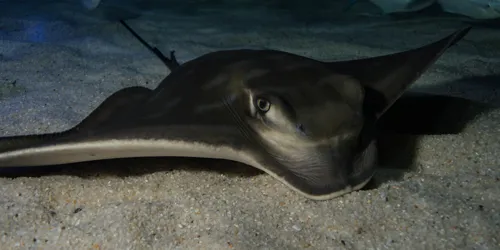
Eagle Ray
Our eagle rays are commonly mistaken for baby stingrays, however these are fully-grown eagle rays – they can reach up to 1.5 metres.
Rays and sharks, have countershading - it means that they are dark on top and light underneath. This means that when viewed from below they blend in with the surface of the water, and when viewed from above they blend in with the deep, dark water. This is an impressive way that they can camouflage and hide in the open ocean!
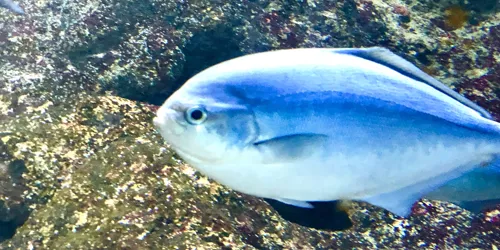
Blue Maomao
With their distinctive blue colouring, it is hard to miss the Blue Maomao. Around the offshore islands of Northern New Zealand there can be hundreds of these in a single school. If you ever visit Blue Maomao Arch in the Poor Knights Marine Reserve, you may witness one of these giant schools for yourself.
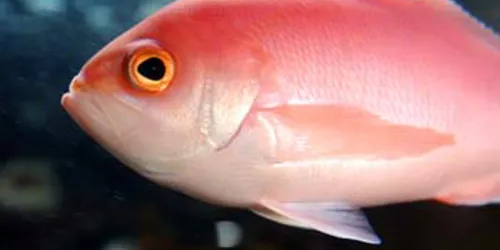
Pink Maomao
Pink mao mao are a beautiful fish that tend to live below depths of 10 metres. Like their blue cousins, pink Maomaos are a type of sea perch with a flat body and forked tail.
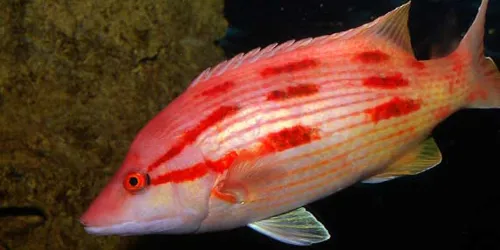
Pigfish
Pigfish is a species of wrasse native to the southwestern Pacific Ocean from eastern Australia to New Zealand, including Lord Howe Island, Norfolk Island, and the Kermadec Islands.
Sandagers Wrasse
Sandagers Wrasse can be a hard fish to spot at night – they will bury themselves in the sand to hide while they sleep. These are one of the many marine species that display sexual dimorphism – that is, the males and the females look very different from each other. All sandagers are born as females – the largest and more dominant will actually turn into a male later in life.
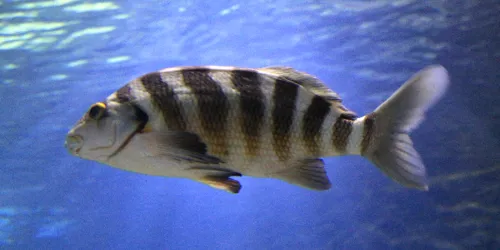
Red Moki
These fish with stunning red lines mate for life and are highly residential in their chosen area. Although they are not officially protected, it is considered bad form to fish for them. This may be because they are easily found and will not abandon their home turf, therefore easy sport for fishermen.
Hiwihiwi
also known as kelp fish, are a bottom dwelling species that you may be able to spot throughout this display. These fishes are very specially designed to withstand high surge areas such as those close along the shoreline. Their fins on either side of their body are large and flat and the water pressure of surges essentially presses down on the fins. Rather than be swept away, they actually get held down. This gives them the advantage of being able to live in an area that not many other fishes can, therefore giving them exclusive access to the food there.
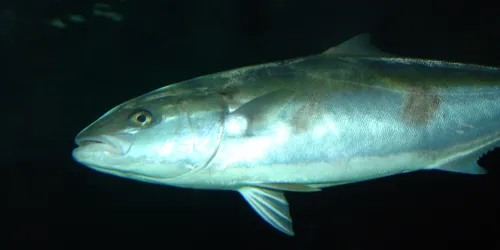
Kingfish
Found in open coastal waters, mostly in the northern half of the North Island of New Zealand, and also at the Kermadec Islands. Adult Kingfish can grow to 1.5 metres long.